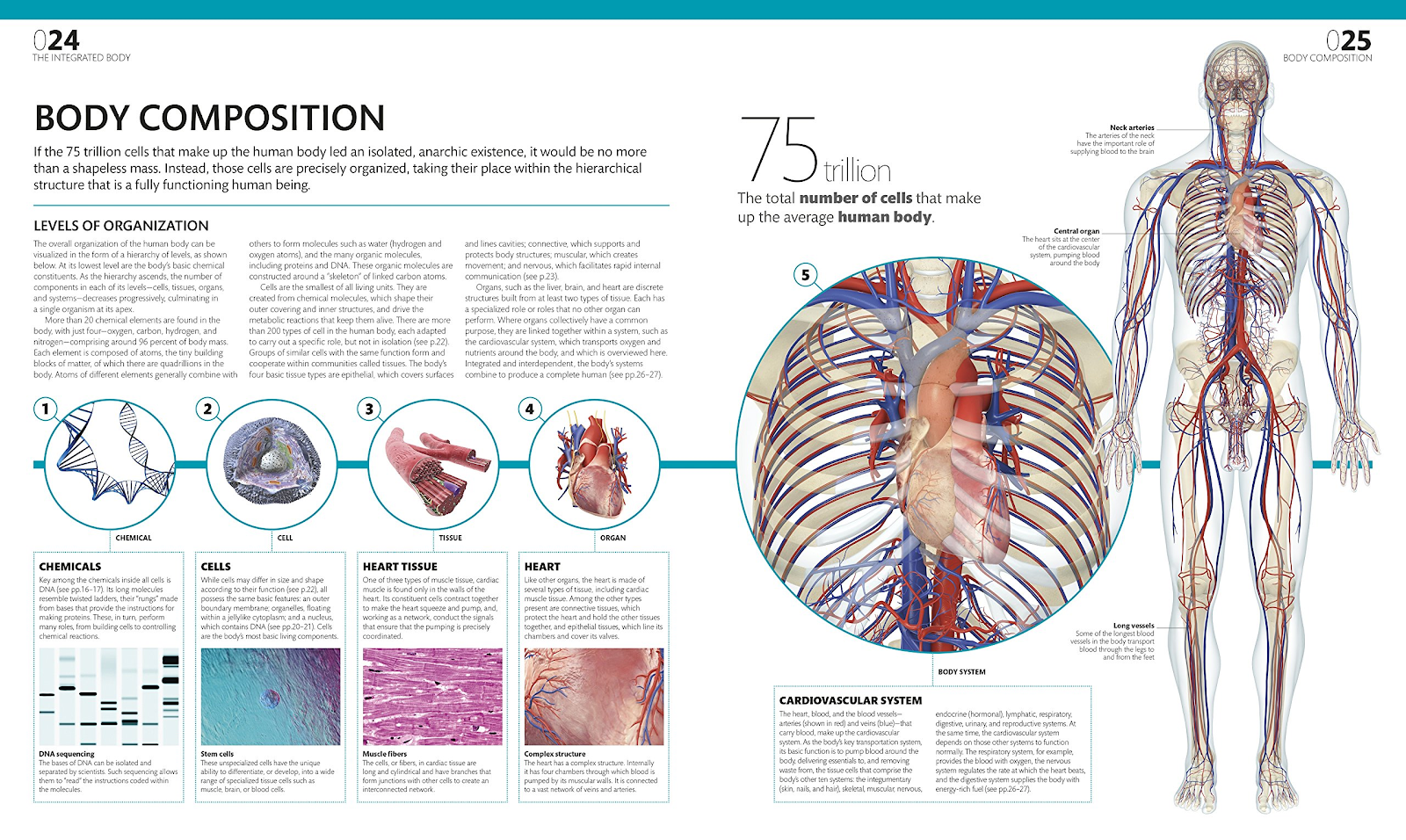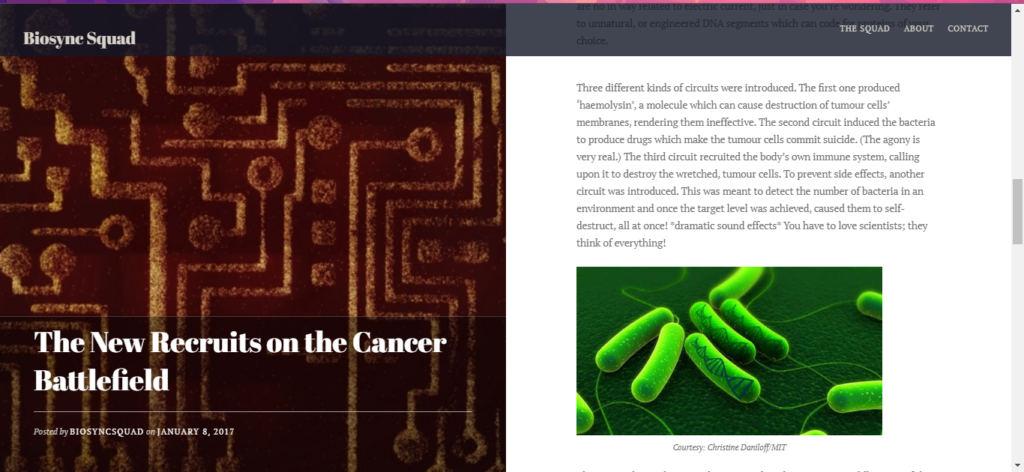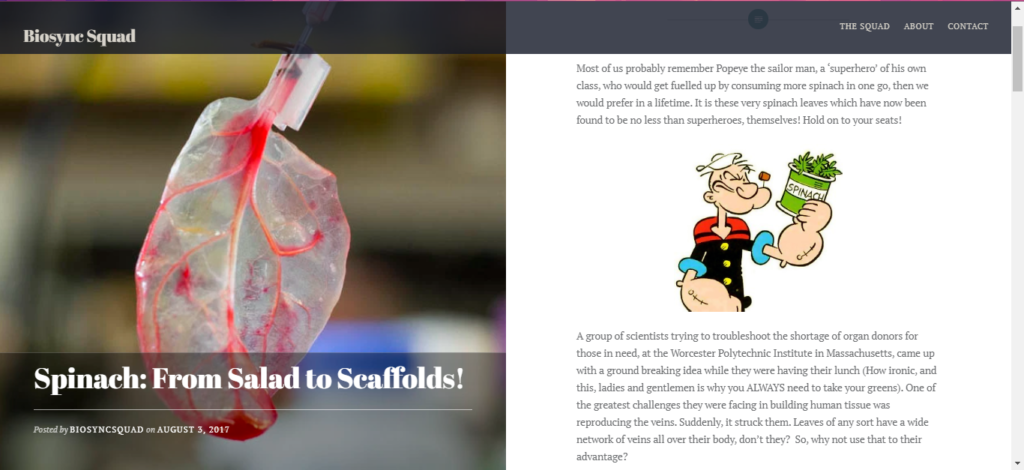My grandmother is the first Science Communicator I ever knew.
I vividly remember the peaceful summer afternoons that were spent reading the pages of my science book way after the homework was completed. She would animatedly explain the lives of plants, animals, and humans in stories that would make the boring pages of my 5th grade science book leap to life. I always wanted to listen to just one more. At the time I was unaware of it, but she set me on a lifelong romance with science. She taught me a simple principle that would one day turn into the basis of my career; you can make anyone fall in love with science – or at least appreciate it, only if you’re willing to tell an excellent story.

Spending time in nature benefits your brain… and your journey towards Science Communication.
Image: Anna Doherty
Naturally, science became my favorite subject at school. It helped me to imagine the unseen; sometimes looking at an object and thinking about the universe of atoms inside it, sometimes wandering outside and whispering to plants after learning about photosynthesis. And sometimes, much to my family’s distress, mixing shampoos and aftershaves with each other and expecting a funky reaction in the bathroom. Perhaps I was too inspired by crazy scientist cartoons. All I knew was this was a secret world I wanted to stay in – but was not ready to share, just yet.
Time passed, and in my early teens, I came across a definitive visual guide, ‘The Complete Human Body’ by Dr. Alice Roberts. I still remember flipping through the pages, spellbound at how the artwork laid out the intricacies of the human body. From the battle of blood cells when a foreigner enters protected territory, to the diligent microvilli set in motion as soon as I devour cake, to neurons firing at unimaginable speeds and misfiring synapses that interrupt my thought process. To realize that such a well-coordinated community resided within me was exhilarating – I couldn’t believe I had my insides visually spread out in front of me!
A double spread from the book, ‘The Complete Human Body’ by Dr. Alice Roberts
That same summer, I visited the Ontario Science Center which housed interactive displays and architectural pieces that were a wholesome learning experience for all of us. My family and I played around the exhibits and curiously read about the science at play. We had science communicated to us without us even knowing – it was brilliant! I remember standing in a hall thinking: ‘This is it. This is where I want to be. I want science to be an experience for everyone.’ A science communicator was born!
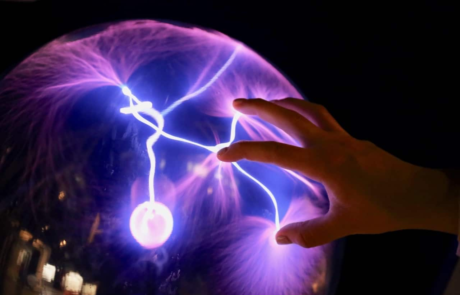
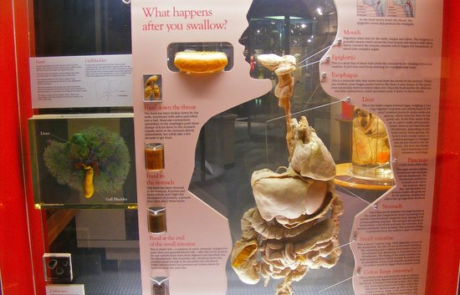
Image 1: The curious plasma ball
Image 2: An actual preserved human digestive system
With every book on how things work gifted by my mother, I grew closer to my goal. I eventually joined an Applied Biosciences program for my Bachelor’s. That is when leisurely passion grew into an urgent need. I realized that academia, especially in Pakistan, was mono-directional. Although my teachers were very accomplished, the way they talked about their work repelled rather than attracted me to it. They had amazing research projects but displayed a lack of enthusiasm. This bothered me.
Around the same time, I started receiving a lot of questions from family, friends, and acquaintances about my field. Biosciences was a seemingly ambiguous concept and I would have many people ask me ‘Is this an alternative to med school? Don’t worry, you can try again!’, ‘Why are you doing this?’, ‘Does this have a scope in the future?’, and ‘Sounds like a ridiculous concept’. Why was it so difficult to grasp? Because of the lack of science communication!
The science community is so exclusively built, it seemed to lock everyone out; in fact, you are lucky if you get in! There was a tremendous gap, but nobody was bothering to bridge it! I then pitched a blog and created it with a couple of my friends who agreed to write with me. We regularly updated it with engaging posts about the latest research in the field of biology. The language was easily understandable by a layperson, and witty captions and taglines made it fun to read. It was our small but meaningful effort for science communication.
(Below: screenshots of two posts from our blog BIOSYNC Squad)
From the BIOSYNC Squad Blog – The New Recruits on the Cancer Battlefield
From the BIOSYNC Squad Blog – Spinach: From Salad to Scaffolds!
I soon outgrew that blog from my undergrad years; however, it set the foundation for a career of a lifetime. I recognized what I wanted to know and why. The little girl who loved hearing science stories from her grandmother was now ready to tell stories to the world.
Hopefully, with my story, you too found some insight into what science communication means to me, and more importantly why we need to be able to tell stories around science – because there are so many people who need us to: A young child who is hungry for knowledge, or one who is pouring over a visual book and resolving to be a doctor one day. An inspired somebody standing in a museum. An undergrad who wants just a glimpse of the beauty to find their way. Somebody who is confused about what is happening in the world of science but is too intimidated to figure it out on their own. For those who want to know, and for those who need to. To the ones who seek it and to the ones who have been driven away.
For anyone and everyone. For them and for us. We love science. We stand for science. We communicate science.

